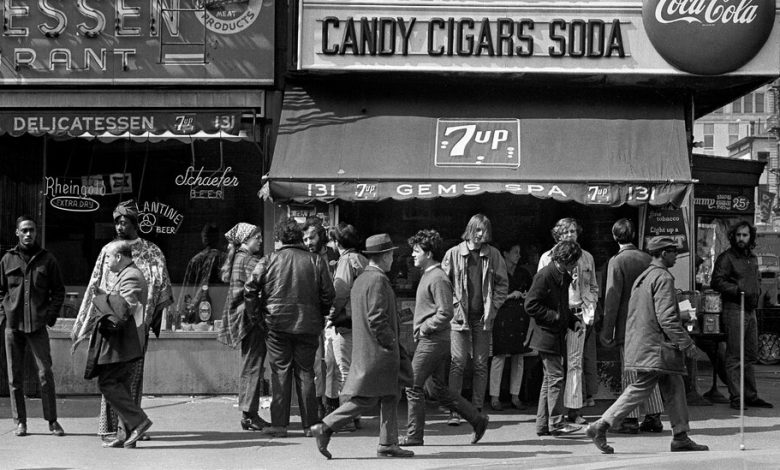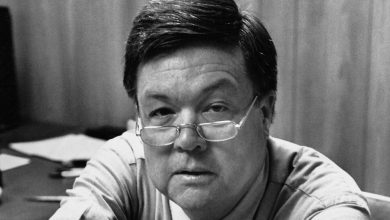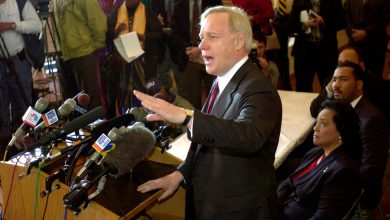We Need to Restore the Soul of New York City

Over the past decade, there has been much hand-wringing about New York’s puzzling empty storefront problem, with vacancy rates sitting north of 15 percent last fall in some of the city’s most celebrated areas. How did streets, from the East to the West Village, once home to the urbanist Jane Jacobs, a champion of the city’s neighborhoods, become so hollow?
Rent escalation and the shift to e-commerce are, of course, obvious culprits. But behind the scenes, an important, largely overlooked factor is New York City’s zoning code, enacted in 1961. Written in the face of fears of overcrowding, the code incorporated the postwar planning ideology that New Yorkers would live in tranquil residential neighborhoods and commute by car to office jobs in Midtown or to factory jobs on the city’s periphery. The code also reflected an anachronistic, and at times elitist, view that limited where and how small businesses could operate. Businesses that might disrupt the peace were, in effect, banned in much of the city, to protect the “nicer” neighborhoods where wealthier New Yorkers were meant to reside.
Today, over half a century later, the Department of City Planning is finally trying to overhaul the 1961 code and revive much of the mixed-use character and serendipitous storefront activity that gives New York its soul. The plan — known as City of Yes for Economic Opportunity — is part of a trio of initiatives from the Adams administration, aimed at bolstering business activity, building more housing and navigating the city toward carbon neutrality.
The effort is a seemingly obvious step in New York’s transformation into what theurbanists Edward L. Glaeser and Carlo Ratti call the Playground City, in which neighborhoods “tie life, labor and leisure together.” The plan includes proposals for 18 common-sense zoning amendments, informed by feedback from organizations and owners of small businesses, some of whom testified in its favor at a recent public hearing. (Comments can be submitted to the City Planning Commission thorough Feb. 15.)
But change is scary, and City of Yes for Economic Opportunity, which is set for a vote by the City Council this spring, has divided the city’s 59 residential community boards. So far, 20 have voted in favor of the plan and 24 against. Opposition extends from Bay Ridge, to Whitestone, even to Jacobs’s home turf, Greenwich Village. Some opponents fear that the revised zoning might bring more of the “wrong” kinds of businesses to their bucolic neighborhoods.
Community board hearings have featured worries about escalatory “what if” scenarios around activity that in many cases was, and still would be, illegal under the proposed changes: What if the new store on my corner starts selling under-the-counter marijuana and becomes a hangout for unsavory characters? What if a bar opens next to me and starts hosting Tuesday night dance parties, which break noise codes?
We are having trouble retrieving the article content.
Please enable JavaScript in your browser settings.
Thank you for your patience while we verify access. If you are in Reader mode please exit and log into your Times account, or subscribe for all of The Times.
Thank you for your patience while we verify access.
Already a subscriber? Log in.
Want all of The Times? Subscribe.




